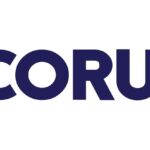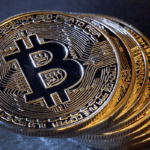In this article, I will discuss Core Coin, a blockchain-based token that attempts to balance security, scalability, and decentralization.
Core Coin integrates the proof of mining and venture of Delegated Proof of Stake pioneered in Bitcoin, Ethereum, and the novel Satoshi Plus consensus mechanism.
This distinct hybrid model expands the network’s capabilities and makes Core a robust platform for the construction of smart contracts and decentralized applications (dApps).
What is a Core Coin?
Core (CORE) is built as an L1 blockchain that is compatible with Ethereum Virtual Machine (EVM). Therefore, it can run Ethereum smart contracts and decentralized applications (dApps).
The Core network is powered by the “Satoshi Plus” consensus mechanism, which secures the network through a combination of delegated Bitcoin’s mining hash and delegated Proof-of-Stake (DPoS). The protocol is backed by its native token, CORE.
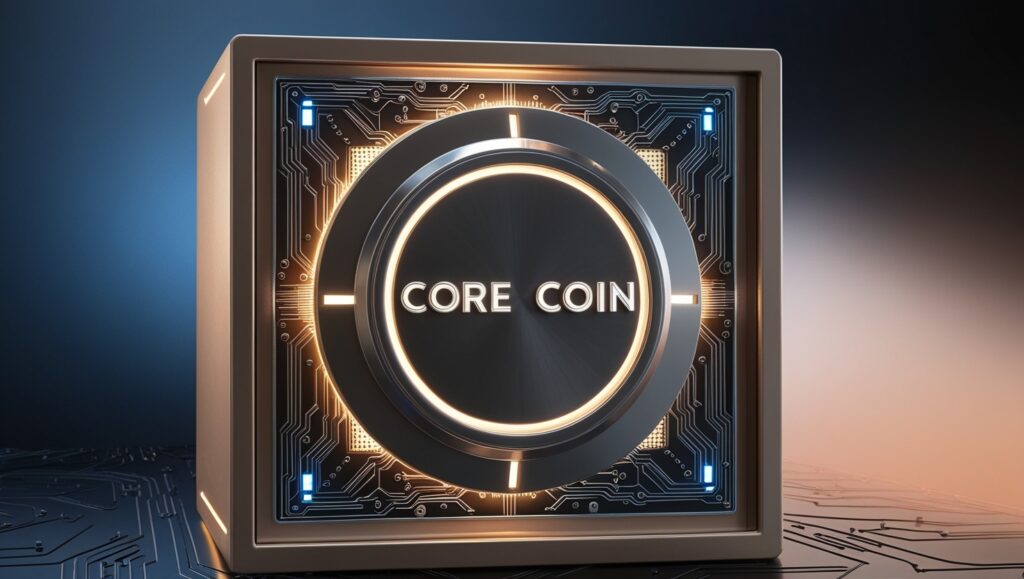
The project’s developers strive to create an infrastructure that operates at the core of Web 3.0, offering revolutionary ideas to solve the blockchain trilemma.
The mainnet was launched in January 2023. The blockchain is governed by a decentralized autonomous organization (DAO), where the Core DAO is responsible for developing the Satoshi Plus ecosystem.
Core Price Overview
| Metric | Value |
|---|---|
| Market Cap | $1.58B |
| Volume (24h) | $451.71M |
| Fully Diluted Valuation (FDV) | $3.59B |
| 24h Volume/Market Cap | 27.09% |
| Total Supply | 2.09B CORE |
| Max Supply | 2.10B CORE |
| Circulating Supply | 924.09M CORE |
Core Coin Price Live Data
How Does It Work Core Coin?
Core Coin uses an advanced type of consensus mechanism described as Satoshi Plus.
This mechanism includes a mix of Bitcoin’s Proof-Of-Work (PoW) and Ethereum’s Delegated Proof-Of-Stake. In this hybrid strategy, both strong security and high scalability are maintained at the same time.
Consensus Mechanism
In this model, miners’ transactions provide security based on PoW, which is robust, while efficiency and scalability are based on DPoS consensus.
A miner network using PoW substantiates the transaction, while elected validator nodes balance the network to become secure via DPoS nuisance and decentralization-focused performance optimization.
Smart Contract and dApp Support
Core Coin has also integrated with the EVM and allows proper construction and deployments of smart contracts and dApps by its developers without much hassle.
This encourages a variety of innovations and expands the whole ecosystem.
Governance
The core coin does not operate solely under its distribution team but rather is owned by D.A.O, where the community gets involved and proposes changes, votes on transaction fees, and decides where the platform development is headed. With this structure of governance, all issues are open to the public.
Rewards and Ecosystem Growth
Once developers create a dApp and integrate it into the network, they will be rewarded S-Prize tokens. These Satoshi prizes will encourage growth and innovate the whole ecosystem.
Core Coin combines PoW’s security, DPoS’s scalability, and EVM compatibility to form an effective and adaptable blockchain environment for developing decentralized applications.
Satoshi Plus consensus

The Satoshi Plus consensus mechanism combines the best of Bitcoin and Ethereum.
Decentralization and security are ensured through Delegated Proof of Work (DPoW) from Bitcoin mining pools.
Scalability and composability are achieved through Delegated Proof of Stake (DPoS) from CORE token holders.
Who Are the Founders of Core?
As the official Core accounts state, CoreDAO has a global team of contributors with the same vision and passion for a better web 3.0.
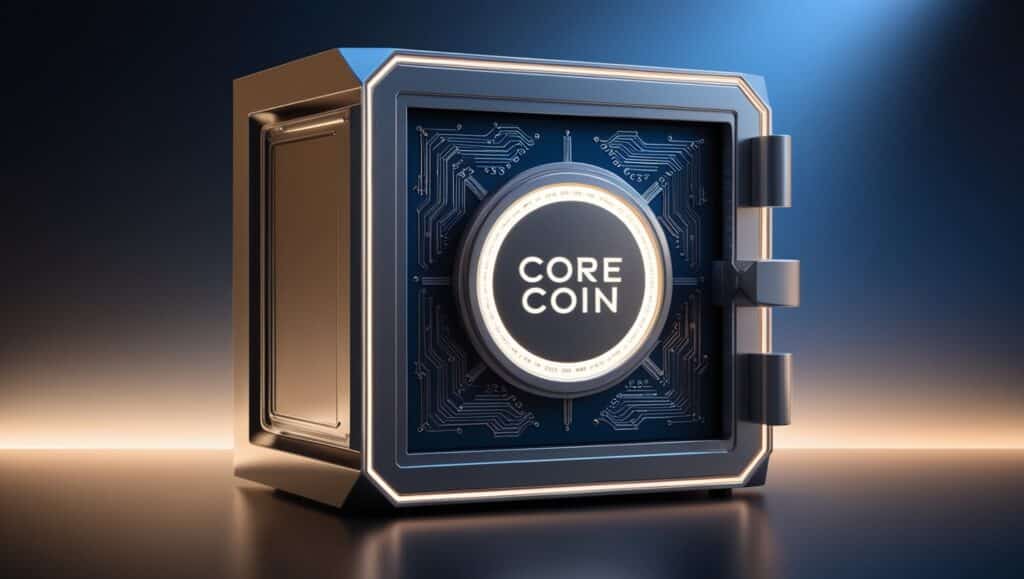
Such idealists work towards the advancement of the Satoshi Plus blockchain ecosystem.
The project has a lot of fans: it has around 1.6 million followers on Twitter and more than seventy-four thousand on Telegram, yet the public does not know the identities of the creators, contributors, and developers.
Core Coin Features
Satoshi Plus Consensus Mechanism
Core Coin operates on the Satoshi Plus consensus mechanism, which employs both Bitcoin Proof-of-Work (PoW) and Ethereum’s Delegated Proof-of-Stake (DPoS). This hybrid model ensures that the various goals of decentralization, security, and scalability are well balanced.
EVM Compatibility
Core accounts for seamless compatibility with the Ethereum Virtual Machine (EVM), allowing firm builders to create and handle smart contracts and decentralized applications (dApps) effortlessly. This integration affords cross-chain operations as well as flexibility.
Decentralized Autonomous Organization (DAO)
Control and administration of the Core network are exercised via the DAO with the capability of managing transaction fees, proposing upgrades, and making votes on other significant matters. Such a framework is good as it promotes transparency and also decentralized forms of governance.
Rewards for Developers with S-Prize Tokens
In an effort to promote innovation, Core provides s-prize tokens to developers who manage to create useful dApps in its ecosystem, thus building the network and its involvement.
Scalability and Security
When addressing blockchain trilemma, Core Coin creates a system that handles high levels of transaction throughput without sacrificing security or decentralization.
Efficient Transaction Processing
The network aims to process transactions quickly and cheaply, making it useful for various scenarios, from ordinary transfers to sophisticated dApp interactions.
What Makes Core (CORE) Unique?
Satoshi Plus is a very important consensus mechanism for approving operations on the core network.
The Satoshi Plus system combines the Proof of Work (PoW) from Bitcoin and the Delegated Proof of Stake (DPoS) used by Ethereum.

With this hybrid setup, the network can resolve the blockchain trilemma endurance against maintaining a firm stance on decentralization and scalability.
The core system uses the EVM chain’s ease of use, enabling efficient interaction with smart contracts and daps.
Individuals who are developing apps in the Core blockchain network, in turn, provide critical support to the ecosystem and earn a form of currency known as S-Prize tokens, or commonly, Satoshi Prizes.
A decentralized autonomous organization (DAO) is responsible for creating and ensuring the decentralization of the protocol governance structure.
This organization sets the fee for all transactions, parameters of governance, upgrades, and voting initiatives, as well as development projects.
Is Core Coin safe?
Core Coin is regarded as secure, supported by Best’s proof of work consensus and Ethereum delegated proof of stake within the Satoshi Plus Consensus layer.
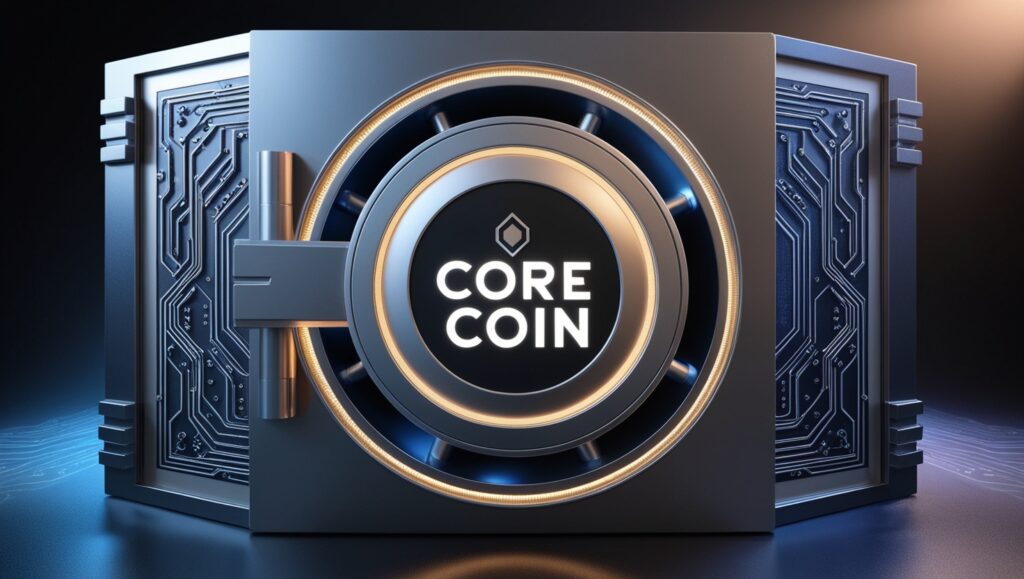
This dual strategy improves the network’s robustness against attacks while not sacrificing decentralization.
The governance model as a DAO also means that the transactional nature of management is visible and totally within the community, enhancing the platform’s security and confidence.
Community
Core is embracing the fundamentals of blockchain and building for a decentralized economy, starting with the communities most in need. Connect with the global Core Community.
Where Can You Buy Core (CORE)?
Core (CORE) is listed on numerous cryptocurrency exchanges like Huobi, OKX, Gate.io, Bybit, Poloniex, and several others, where users can purchase CORE tokens and trade with USDT pairs.
Core Coin Alternatives
Avalanche (AVAX)
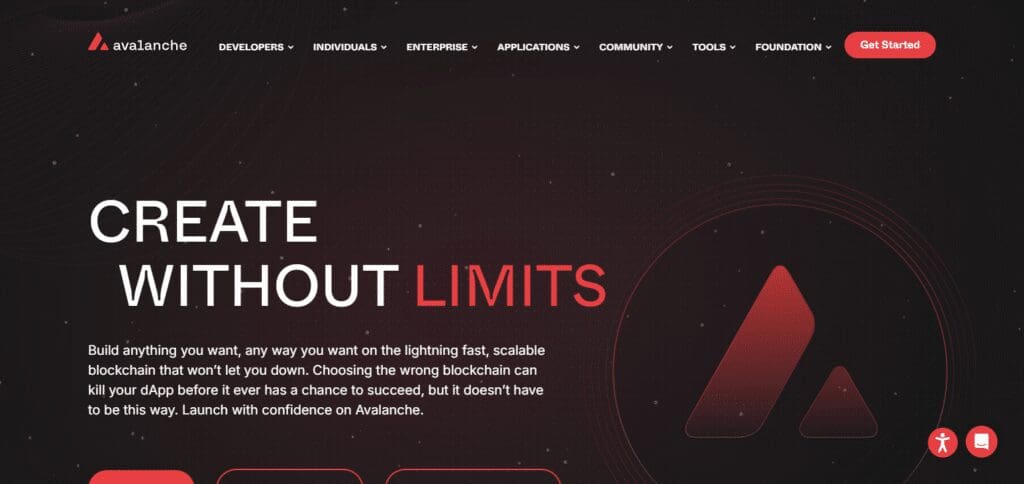
Their consensus protocol allows for the highest throughput and the lowest latency. It also allows deploying of decentralized, scalable applications and custom-built blockchain networks.
Polygon (MATIC)
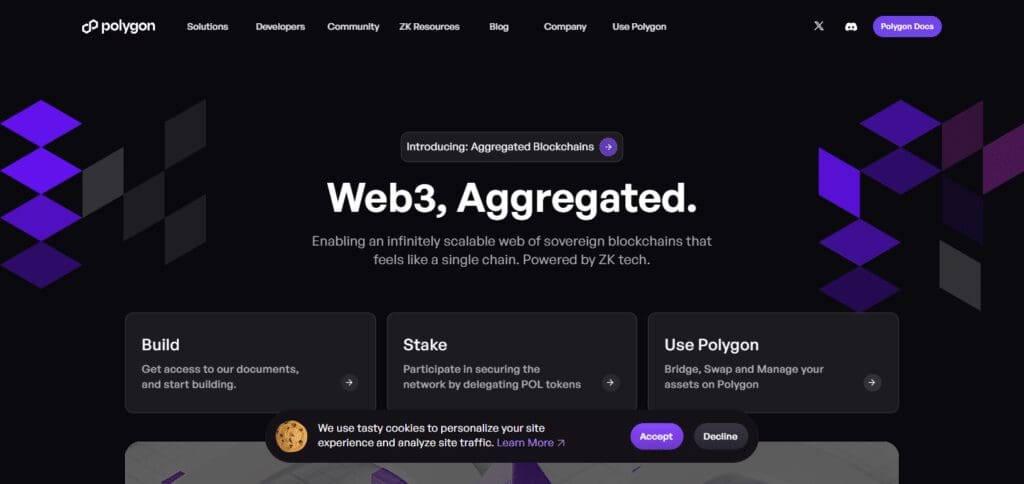
An Ethereum Layer-2 scaling solution that increases the speed of transactions and lowers costs without compromising on the EVM’s capabilities.
Solana (SOL)
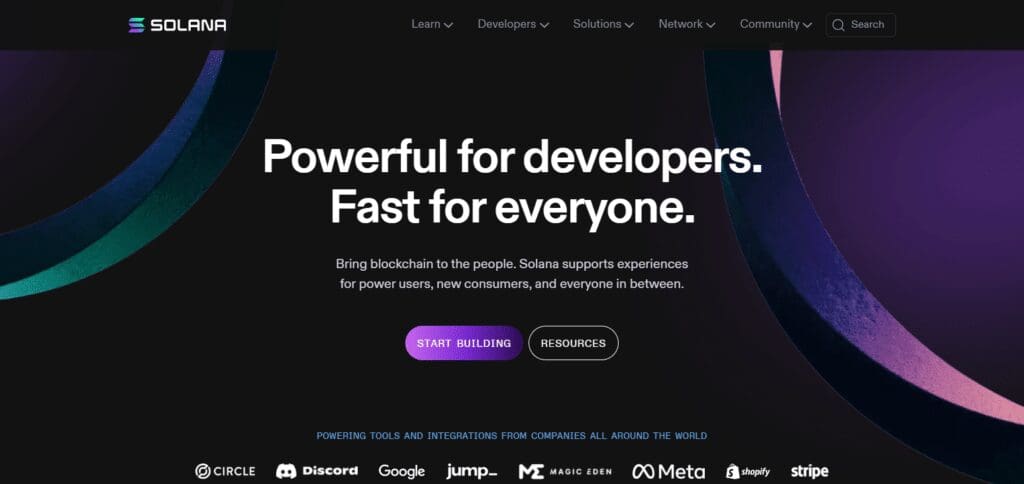
One more software platform that is known for its affordability and high performance. Offers Proof-of-History (PoH) in conjunction with a Proof-of-Stake (PoS) for fast processing of transactions.
Fantom (FTM)
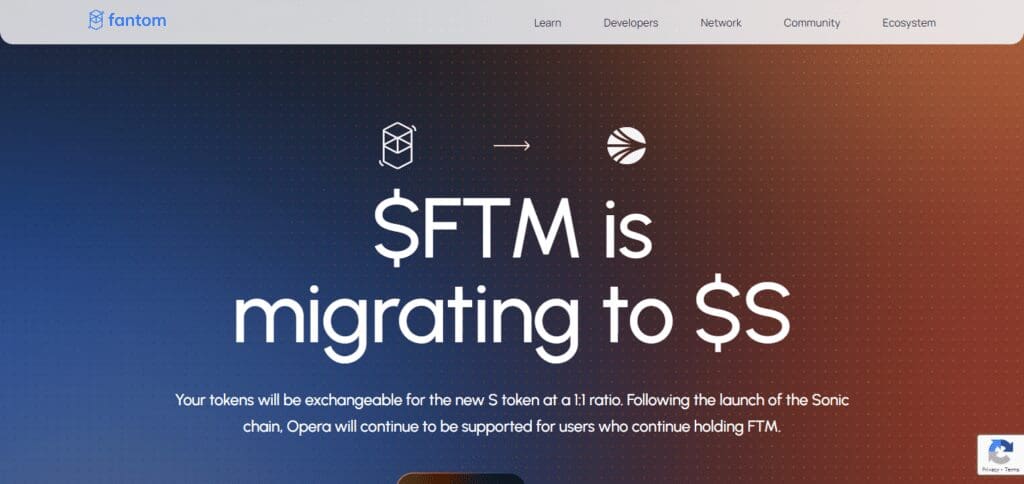
Implements the Opera chain built on Yosemite in order to ensure fast and scalable blockchain solutions that operate on an Asynchronous Byzantine Fault Tolerant (aBFT) consensus mechanism.
Final Verdict
In conclusion, Core Coin offers a potential blockchain that uses the Satoshi Plus consensus mechanism, a hybrid of Bitcoin’s Proof-of-Work and Ethereum’s Delegated Proof-of-Stake, thus ensuring maximum security, decentralization, and scalability.
Core’s EVM compatibility further enhances its value for developers since it enables the easy creation of smart contracts and dApps.
Governance is also effective since the DAO performs intermediation, which increases visibility and community participation within the network.
Core Coin has several advantages and special capabilities. Still, developers and users need to consider it in the background of other blockchain platforms in order to choose the most appropriate one for their projects’ goals and requirements.









